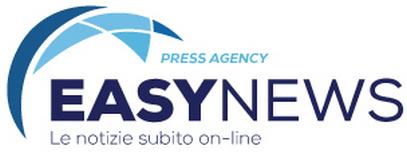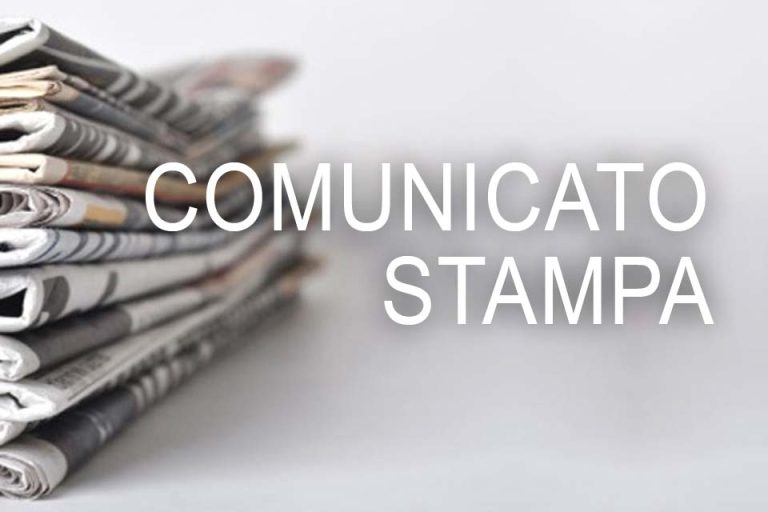Buongiorno,
Inviamo di seguito il commento “Preview meeting Fed di marzo: occhi puntati su dots e proiezioni dell’inflazione”, a cura di Xiao Cui, Senior Economist di Pictet Wealth Management.
Restiamo a disposizione.
Un caro saluto,
Carla Parisi
+39 3395796751
Preview meeting Fed: occhi puntati su dots e proiezioni dell’inflazione
Ci aspettiamo che il FOMC mantenga i tassi invariati e non modifichi in maniera sostanziale la dichiarazione post riunione. Un taglio a maggio non è verosimilmente presente sul tavolo, pertanto la forward guidance sulla necessità di acquisire maggiore fiducia prima di tagliare i tassi dovrebbe mantenersi.
L’aggiornamento dei Dot plot e delle proiezioni sull’inflazione dovrebbero essere il focus della riunione. Prevediamo che il punto mediano per quest’anno rimanga invariato indicando tre tagli (-75 punti base) al 4,625%. Tuttavia, c’è un rischio significativo che questo dato si sposti prevedendo solo due tagli (50 punti base); da notare che basterebbero due policymaker per spostare la mediana da tre a due tagli. Ci aspettiamo che i punti mediani per il 2025 e il 2026 mostrino un numero invariato di rispettivamente quattro e tre tagli. Per quanto riguarda le proiezioni sui tassi di interesse a più lungo termine, vediamo che i rischi tendono verso l’alto. La mediana potrebbe rimanere invariata al 2,5%, ma la media si sposterà molto probabilmente verso l’alto.
Prevediamo che le modifiche alla Sintesi delle Proiezioni Economiche (SEP) mostreranno una crescita del PIL più elevata quest’anno e una previsione leggermente più alta per l’inflazione PCE di base dal 2,4% al 2,5%/2,6%. L’inflazione è stata inferiore a quanto previsto da molti funzionari della Fed a dicembre, ma si è poi rafforzata a gennaio e febbraio. Una domanda chiave per il FOMC è quanto siano fiduciosi i responsabili politici che due mesi di fila di sorprese al rialzo dell’inflazione core si rivelino temporanei. Se le proiezioni sull’inflazione core PCE per il 2024 dovessero aumentare significativamente più del previsto, ciò rivelerebbe che i funzionari sono diventati meno ottimisti riguardo alla tendenza disinflazionistica.
Il presidente Powell sarà interrogato sui tempi e sul ritmo dei tagli di quest’anno. Il modo in cui contestualizzerà i recenti dati sull’inflazione sarà molto importante. Non ci aspettiamo che si discosti dalla testimonianza di Humphrey Hawkins, secondo la quale una riduzione dei tassi sarà probabilmente opportuna a un certo punto dell’anno, ma i funzionari vogliono essere più sicuri che l’inflazione sia su un percorso sostenibile. Ci aspettiamo che Powell sottolinei che il percorso verso il 2% sarà accidentato, come hanno sottolineato altri funzionari della Fed. Inoltre, ci auguriamo che il presidente adotti una visione equilibrata tra il rischio di tagliare troppo presto e il rischio di mantenere i tassi alti troppo a lungo.
Questa settimana il FOMC discuterà del rallentamento del ritmo di riduzione del bilancio. Powell fornirà alcune indicazioni di massima, ma i dettagli emergeranno probabilmente nei verbali di tre settimane dopo. La Fed è ancora sulla buona strada per ridurre il ritmo del QT e ci aspettiamo che faccia un annuncio a riguardo nella riunione di maggio. La velocità di declino dello strumento ON RRP e delle riserve bancarie, che sono altamente incerti, probabilmente detterà i tempi e la cadenza del tapering.
A nostro avviso, i dati sull’inflazione di base di gennaio e febbraio sono stati una delusione, in quanto non hanno dato ai funzionari maggiore fiducia nel fatto che l’inflazione si stabilizzerà intorno al 2%. Tuttavia, non sono stati parimenti sufficienti a ribaltare le prospettive disinflazionistiche. Riteniamo che vi sia una certa stagionalità residua nei dati, che aumenta le letture dell’inflazione di gennaio/febbraio, e ci aspettiamo che l’inflazione rallenti nei prossimi mesi. Prevediamo che il rallentamento dell’inflazione nel 2° trimestre, insieme con il rallentamento del mercato del lavoro e della crescita, consentiranno alla Fed di avviare il primo taglio a giugno e prevediamo cinque tagli in totale per quest’anno. Il rischio è chiaramente orientato verso un ciclo di allentamento più graduale e un inizio leggermente più tardivo, alla luce del rimbalzo delle letture sull’inflazione.
ENGLISH VERSION
March FOMC preview – all eyes on the dots and inflation projections
We expect the FOMC to leave rates on hold and make little change to the post-meeting statement. A cut at the next meeting in May is likely not on the table, therefore the forward guidance of needing to gain greater confidence before rate cuts should remain.
The updated dot plot and inflation projections should be the focus of the FOMC meeting. We expect the median dot for this year to remain unchanged and show three cuts (-75bps) to 4.625%. However, there is a meaningful risk the median dot shifts to show just two cuts (50bps). Note that it would take only two policymakers to shift the median from three cuts to two. We expect the median dots for 2025 and 2026 to show an unchanged number of four and three cuts, respectively. We see risks skewed to the upside for the longer-run interest rate projections. The median could stay unchanged at 2.5%, but the mean will most likely shift higher.
We expect changes to the Summary of Economic Projections (SEP) will show higher GDP growth this year and slightly higher forecast for core PCE inflation from 2.4% to 2.5%/2.6%. Inflation was lower than many Fed officials had anticipated in December but then was stronger in January and February. A key question for the FOMC is how confident policymakers are that two months in a row of upside surprises in core inflation will prove temporary. If the 2024 core PCE inflation projections rise significantly more than expected, it would be revealing that officials have become less optimistic about the disinflationary trend.
Chair Powell will be grilled on the timing and pace of cuts this year. How he characterizes the recent inflation data will matter significantly. We do not expect him to deviate from his Humphrey Hawkins testimony that rate reduction will likely be appropriate at some point this year but officials want to be more confident that inflation is on a sustainable path. We would expect Powell to underscore that the path to 2% will be bumpy, a view that other Fed officials have emphasized. We expect the Chair to cite a balanced view between the risk of cutting too soon and the risk of keeping rates high for too long.
The FOMC will discuss slowing the pace of balance sheet runoff this week. Powell will provide some broad strokes but details will likely come out in the minutes three weeks after. The Fed is still on track to taper the pace of QT and we expect the Fed to make an announcement at its May meeting. The speed of decline in the ON RRP facility and bank reserves, which are highly uncertain, will likely dictate the timing and cadence of tapering.
In our view, the January and February core inflation data were a disappointment in that they did not give officials more confidence that inflation will eventually settle around 2%. However, they were not enough to reverse the disinflationary outlook. We think there is some residual seasonality in the data, boosting Jan/Feb inflation readings, and we expect inflation to slow in the coming few months. We expect slowing inflation in Q2, a slowing labor market, and a slowdown in growth would enable the Fed to initiate the first cut in June, and we expect five cuts in total this year. The risk is clearly skewed towards a more gradual easing cycle and a slightly later start, in light of the rebound in inflation readings.

